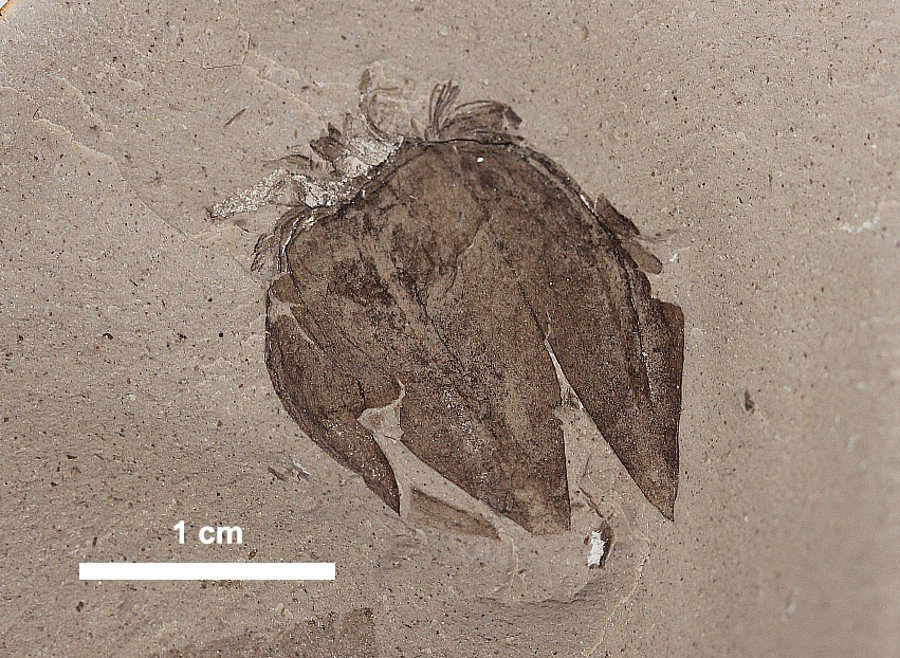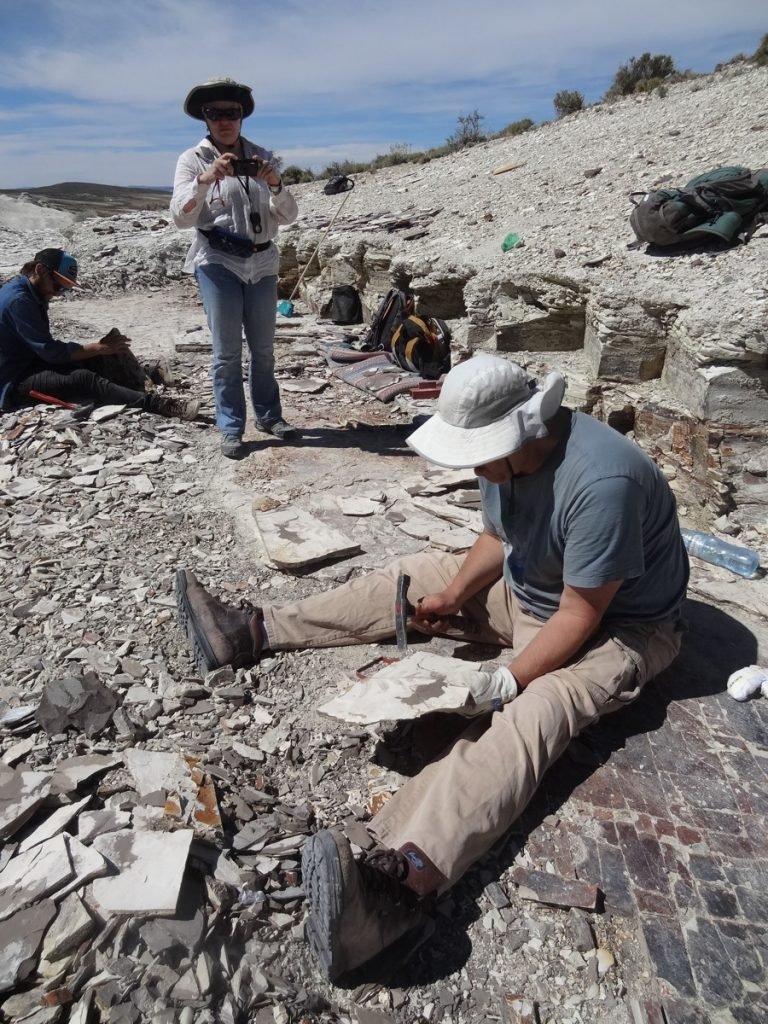Some fossils found in Chubut bring answers on the origin of the tomato’ family.
In Chubut Province (central Patagonia), Paleontologists found the oldest fossil record for the plants family that includes tomatoes, eggplants and peppers, among many others of great economic importance. The fossils belong to a new species of tomatillo, 52 million years old. The research on them will be published tomorrow, January 6, in Science, one of the world-wide most prestigious scientific magazines.
Potatoes, tomatoes, peppers and eggplants are among the most popular food around the world; we have them in sauces, fillings, with pasta, in salads, and in countless dishes. They all belong to the Solanaceae family, a group of plants of great importance that also includes chillies and cucumbers, among others.
Before the arrival of Spanish to America, these vegetables weren’t known in the Old World; thus, when they were brought to Europe by the end of the XV Century, they caused a revolution in both gastronomy and economy. Even though at the present they are grown almost everywhere around the world, their natural distribution is in tropical areas.
Since quite some time ago, researchers knew the origin of this family was in South America, but they had always thought it’d happened in some tropical region, and not so long ago. However, these fossils were found in a currently arid region, in central Chubut, in a fossiliferous site dating 52 millions of years. “This research work changes the history of the whole group in great degree: it reveals that solanaceae had originated much earlier that what molecular dating had shown this far” says Rubén Cúneo, PhD,(MEF-CONICET), one of the authors of the paper and a fossil plants’ specialist.
The research will be published in Science, one of the most prestigious science magazines, and was conducted by Dr. Peter Wilf, PhD, (Pennsylvania State University), Dr. María Alejandra Gandolfo (both form Cornell University), and Dr. Rubén Cúneo (MEF-CONICET).
The tropical Tomatillo in Patagonia
Since the fossils discovery, about four years ago, researchers suspected they were something special, since very delicate structures were preserved on them: imprints from the papery, lantern-like husks that cover the fruits of these kind of plants, a variety that today grows in sub-tropical areas. “The features we can observe in the fossils show little differences comparing to the living plants; this lead us to include them within the Physalis genus (tomatillo), naming the species as infinemundi , what means ́from the end of the world ́”, Cúneo notes.
How is it possible that tomatillo fossils were found in an arid region? This kind of plants don’t grow any more in Patagonia, but 52 million years ago the climatic and environmental conditions were completely different than today. “Back then, there was an overlandconnection between South America and Australia through Antarctica, what produced a tropical corridor in this region, due to two main, basic reasons: on one hand, the Andes hadn’t risen yet (what made rainfall rates high), and on the other, the cold sea currents weren’t entering the South Atlantic (that started after the breakup of Patagonia from Antarctica). This breakup made the antarctic circumpolar cold current ascend through the South Atlantic, causing a cooling effect on the continent; thus, all that tropical strip, which dominated during the eocene-oligocene (even low miocene) over such southern regions, started to retract”, Cúneo explains.
Just like tomatillos, many other plants retracted their distribution while the climatic conditions changed.

A unique paleontological field
The fossils were found in a site located in Northwest Chubut, named by scientists as “Laguna del Hunco”, a place that represents a “window into the past”. Rubén Cúneo, as part of a large paleobotanists ́ team, has been studying this site for several years; he comments: “this place is one of the most amazing fields in the world, due to its vegetal diversity concentration, aside many insects, fish and amphibians. This is the reason why, in paleontological terms, it is considered a Lagerstätte”.
A Lagerstätte is a fossiliferous field that shows a great diversity of plants or animals, and extraordinarily preserved. “Even though the fossils from Laguna del Hunco don’t provide the kind of anatomical information that petrifications do, the impressions found in this place preserve flowers, fruits or seeds structures, which make them very informative, from any point of view”, Cúneo clarifies.
Throughout the past years, paleontologists have made important discoveries in this place. Besides these lantern-fruits fossils, it bore the first record of Eucalyptus in South-america (a genus which species are currently native of Australia and introduced in the rest of the world) and the oldest registry of the Agathis genus (which belongs to the Araucariaceae family, a group that until now it was thought to have an australian or asian origin). “These findings, plus a wide production of scientific publications, have placed this site within the top of the paleontological sites of this time”, he adds.

The unique characteristics of Laguna del Hunco allowed the preservation of an extraordinary diversity of plants. “The great concentration of fossils and their special preservation conditions are due to their deposition at the bottom of a lake, formed on an ancient volcanic caldera, and surrounded by a rainforest: the vegetation remains from the forest dropped to the bottom of the lake where they were deposited under anoxic conditions (without oxygen), what prevented them from decomposing”, Cúneo explains.
It is quite possible that new species are yet to be discovered at Laguna del Hunco that would provide more information on both the origin and the evolution of several groups. “This siteregisters Chubut, Patagonia and Argentina in general in a very good position, on a global scale, regarding paleontological news ,” Cúneo closes.